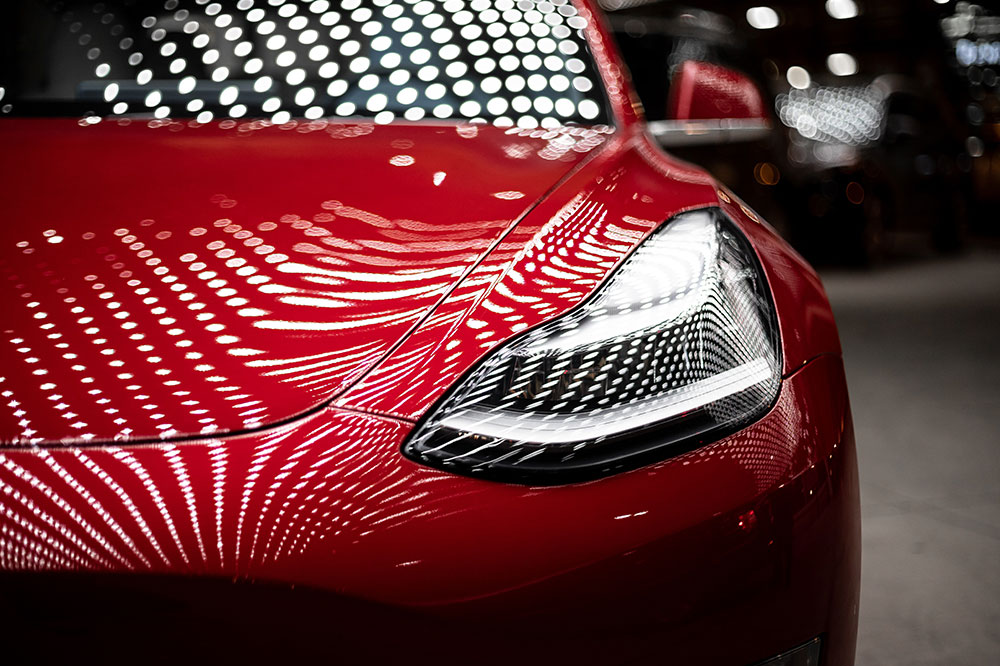6 electric cars to choose from in 2020

Electric cars have been around for a while now, but it is only till recently that they have started to become almost as popular as fuel car models. The reason is quite simple; modern electric cars offer the same facilities and comfort as traditional automobiles. However, electric cars come with better-advanced charging technology. Below is a list of the best electric cars available in 2020.
Nissan Leaf
The first generation of the Leaf was a fine electric model, but it had its faults too, which made it hard for the car to compete in the market. For the second generation model, Nissan has made the required adjustments to earn its place among the elites. This new model is faster, more attractive, has more advanced driving assistance, is more affordable, and provides a longer driving time with one charge. Improvements have been made to the interiors too, including better comfort and technology.
Tesla Model X
You cannot find the best electric cars without considering Tesla. This model comes with twin electric motors, 100kWh battery, seven seats, more loading space, and more affordable pricing. This model can also run for 300 miles on a single charge and offers up to 553 bhp, thanks to its Ludicrous-enabled performance technology.
Hyundai Ioniq
The best part about the Hyundai Ioniq is that it comes with three powertrains choices, and you can choose the one that suits your needs. The car is powered by a 28kWh lithium-ion polymer battery, which is located underneath the backseats. After one charge, the car can run for 174 miles, as claimed by the makers. The car also comes with a Sport mode, which can push the maximum speed up to 103 mph.
Tesla Model 3
This is another model from Tesla that easily belongs to the list of the best electric cars, and for multiple reasons. If an electric car has ever come close to replace traditional ones, then it is this one. The dual-motor version of this model can run for 310 miles between each charging, and the 155 mph top speed is surely impressive.
Hyundai Kona
If you are looking for a long-range electric car, then this one may just be the one for you. The 64kWh battery offers a 300+ mile range after one charge and guarantees a 204 bhp to make it quite a competitive model. The interiors of the car are equally impressive, with a head-up display, 8-inch LCD navigation, 7-inch ‘supervision cluster’, Apple CarPlay, Android Auto, Krell audio system, leather front seats, and LED headlamps.
Audi e-tron
If you are looking for the best electric cars and are fond of SUVs, then this can be a good choice for you. The 95kwh battery pack can offer up to 248 miles after one charge. The 402 bhp surely is another aspect of this model that should get you excited. The interiors have an innovative look that you may find rather futuristic.
With all these available choices among the best electric cars of 2020, you have the opportunity to easily find a model that meets all your expectations.










